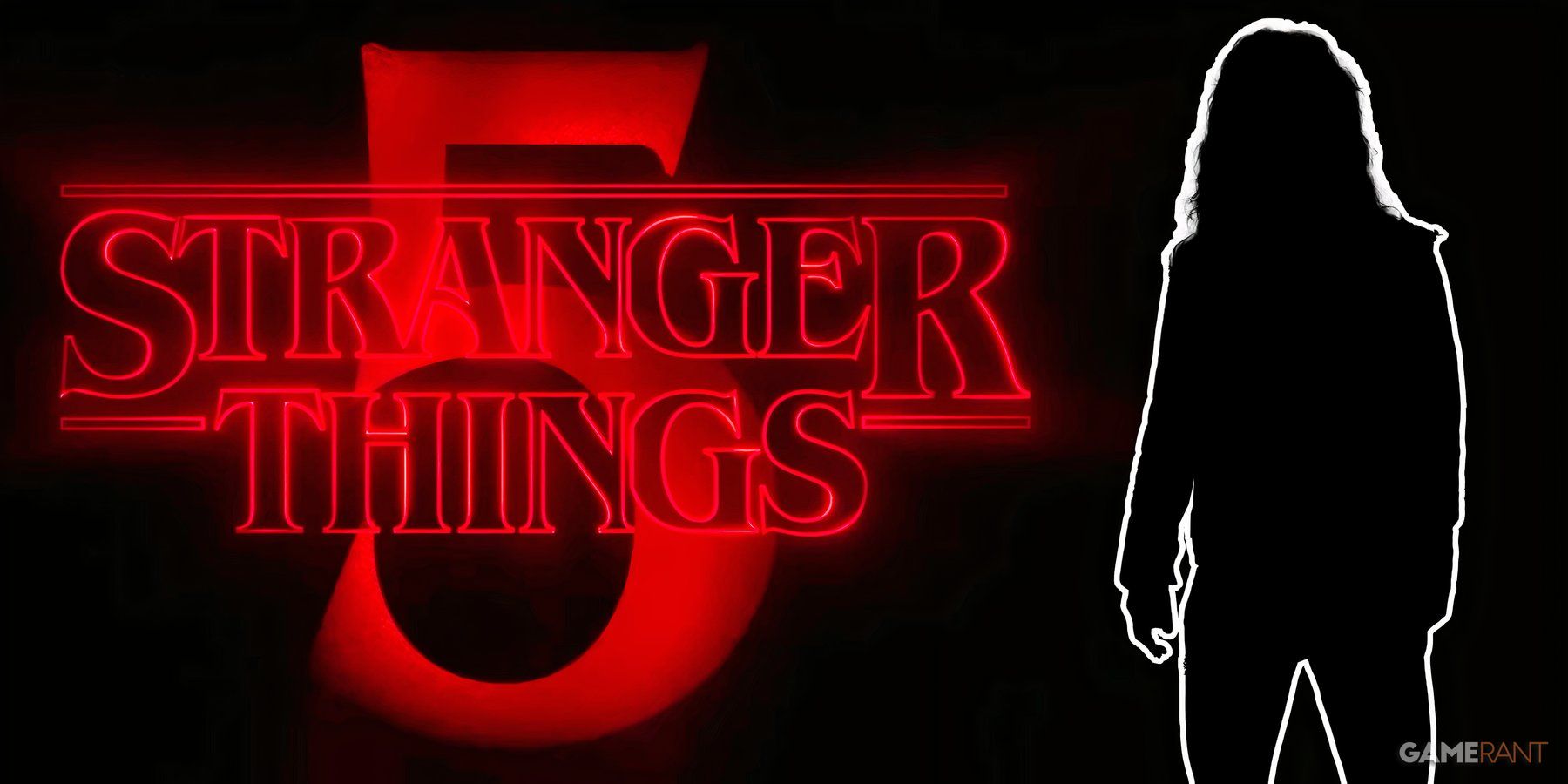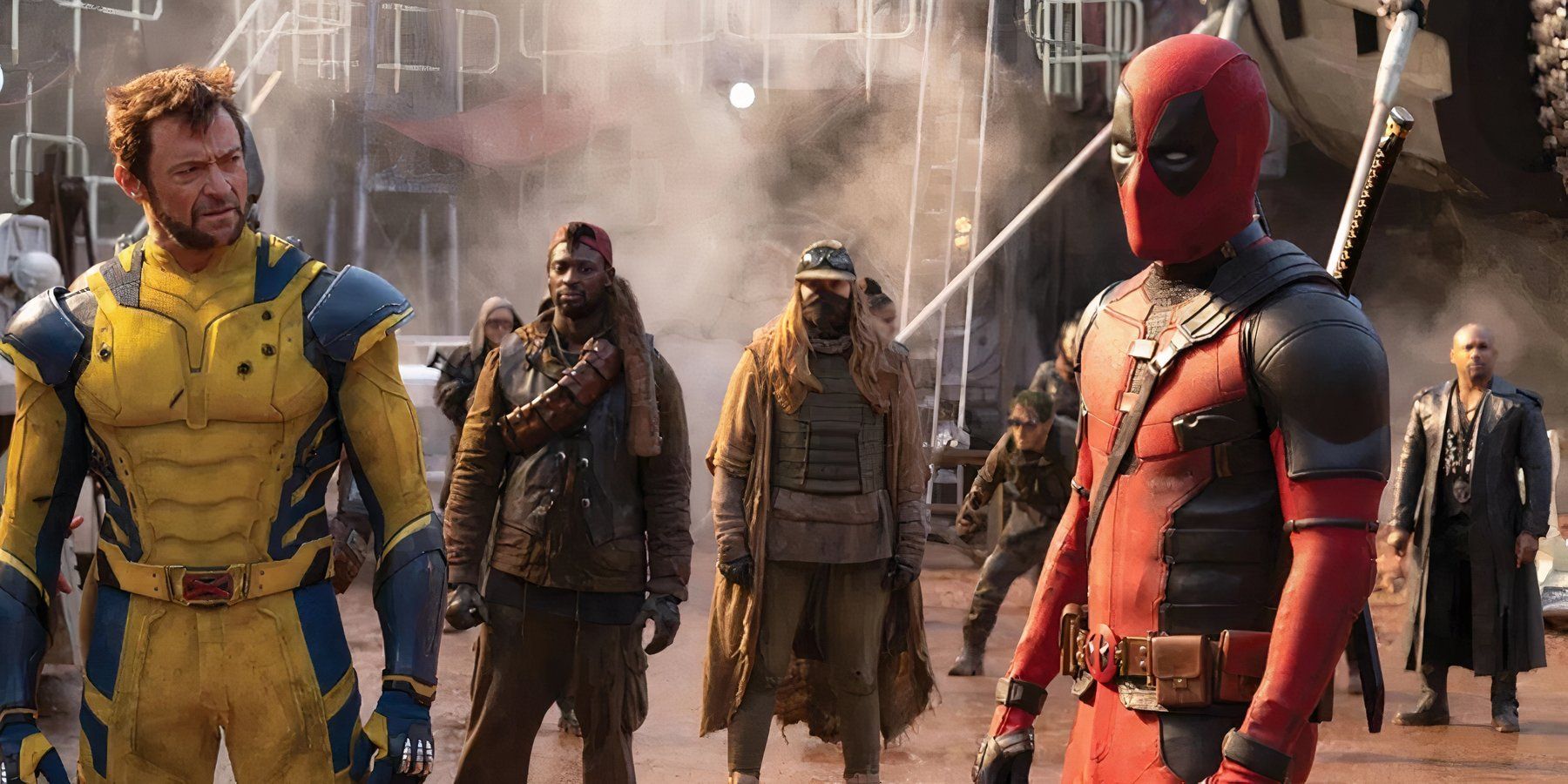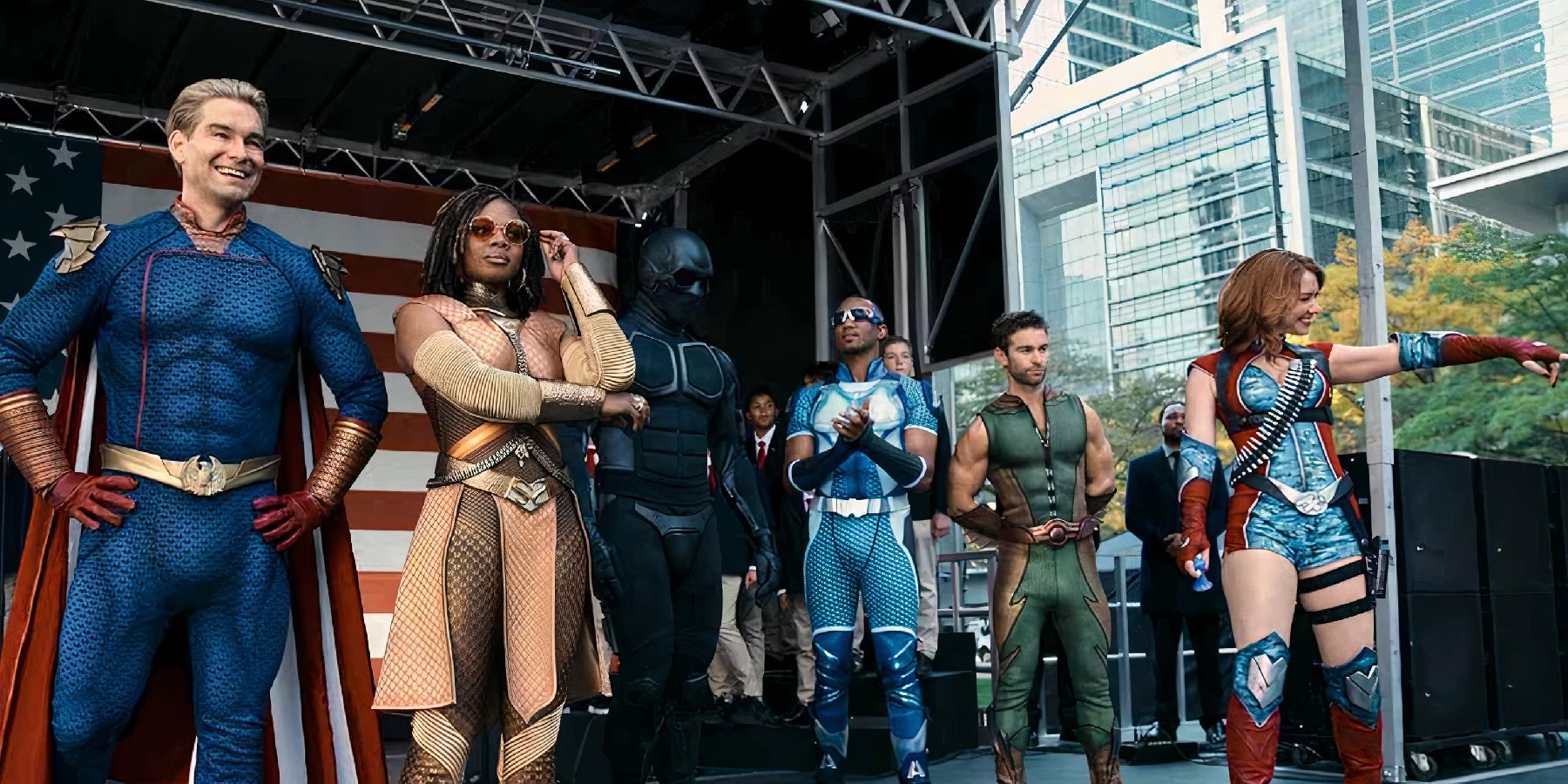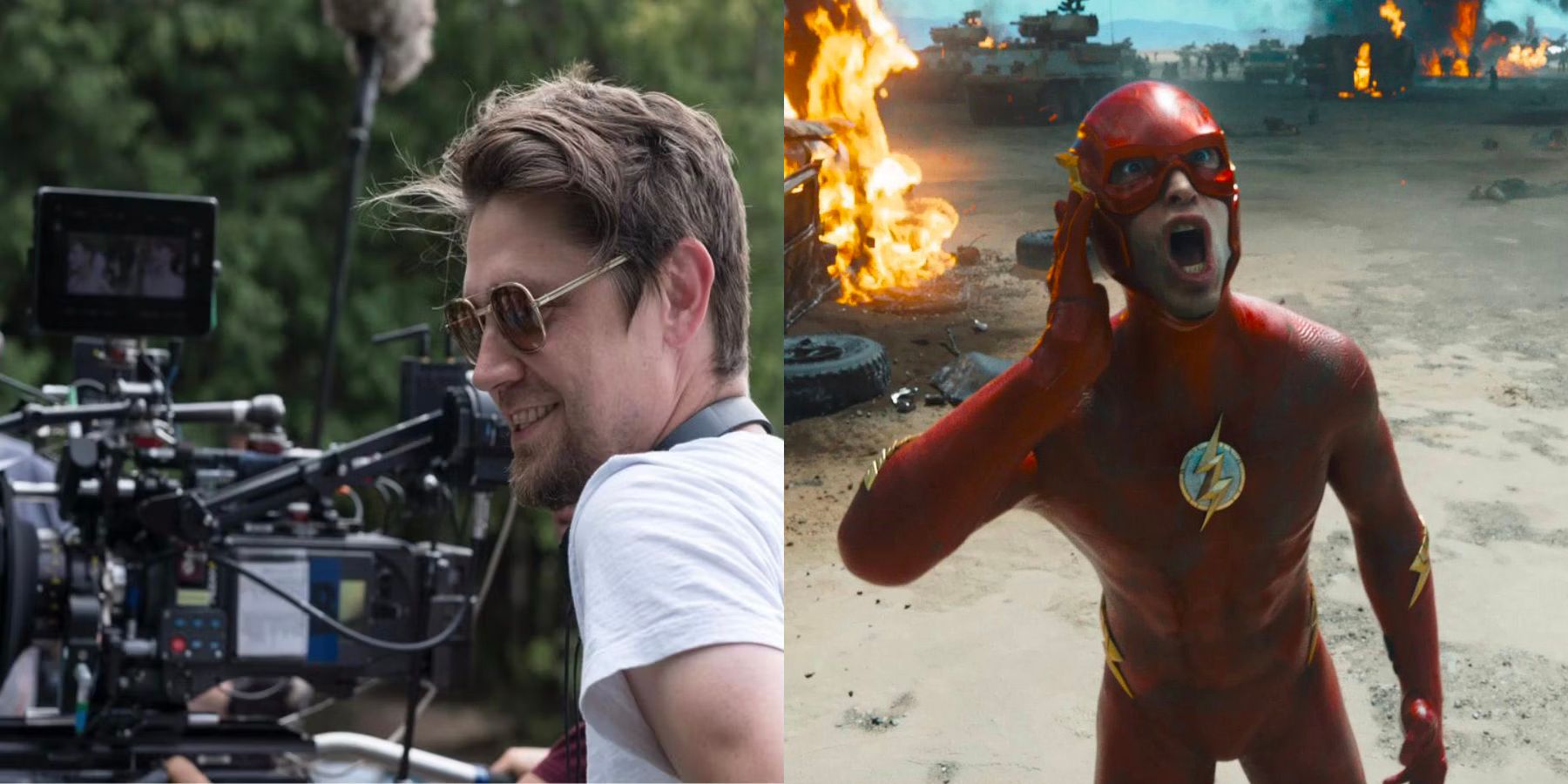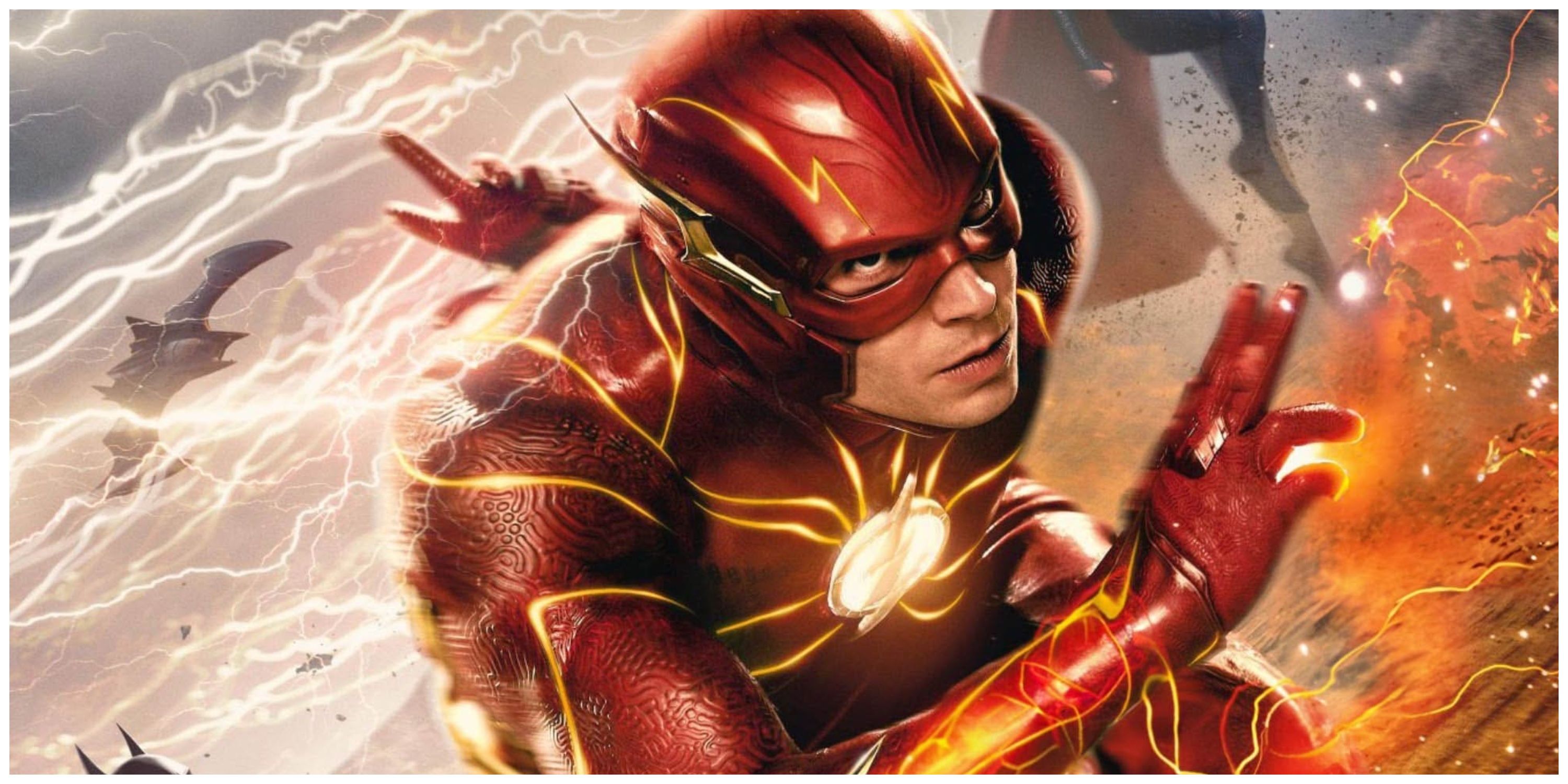The Flash director Andy Muschietti addressed the widespread criticism surrounding the film's visual effects (VFX) by asserting its validity and providing insight into the intentional choices made during its creation, emphasizing that deliberate artistic decisions guided the entire process.
From the moment The Flash's first trailer graced the internet, conversations about the CGI have been buzzing, with countless viewers playfully poking fun at its perceived lackluster quality and raising eyebrows at its seemingly extravagant budget, which fails to translate seamlessly onto the silver screen. And although it soared to great heights during The Flash's electrifying CinemaCon debut, garnering an abundance of accolades, the subsequent reception has been a whirlwind of contrasting views. Critics, in unison, have directed their attention toward the movie's CGI, highlighting its unfinished appearance.
Muschietti defended the divisive VFX work and overall look of The Flash. Muschietti explained that the odd visuals were intentional, particularly in a scene where Barry Allen (Ezra Miller) saves babies from a falling nursery. In an interview with io9, Andy Muschietti and producer Barbara Muschietti shed light on the unique visual effects. When asked about the slightly unconventional appearance, Barbara jokingly responded, "No, we actually used real babies." However, Andy provided a genuine explanation, revealing that the intention was to immerse viewers to see the world through Barry's eyes. "The idea, of course, is...we are in the perspective of the Flash," he said. "Everything is distorted in terms of lights and textures. We enter this 'waterworld' which is basically being in Barry's POV. It was part of the design, so if it looks a little weird to you, that was intended."
Superhero films typically benefit from a distinct advantage: viewers already have a clear expectation of how the characters should appear. The external environment remains unchanged when characters like Spider-Man or Batman don their iconic suits. However, The Flash brings a unique twist to the equation. When Barry Allen puts on his Flash suit and harnesses his extraordinary abilities, the world surrounding him transforms— at least from Barry's perspective. Consequently, determining the visual portrayal of this altered reality presents a significant challenge in adapting the Flash for the screen.
Recently, visual effects have become common in blockbuster movies, particularly those based on comic books. However, despite Muschietti defending its appearance, The Flash continues an unfortunate trend of subpar CGI seen in many DCEU films. The movie's CGI has been unfavorably compared to the 2017 version of Justice League, plagued by reshoots after director Zack Snyder's departure and replacement by Joss Whedon. The film suffered from awkward CGI moments despite its $300 million budget, and its critical and commercial failure led to the abandonment of future DCEU crossover plans.
The Flash marks the end of the DCEU era and ushers in a new DCU under the guidance of James Gunn. Nevertheless, the criticisms directed at The Flash highlight the recurring flaws that have plagued the DCEU for an extended period, leaving uncertainty regarding whether future installments will address them adequately.
The Flash is now playing in theaters.
Source: io9

